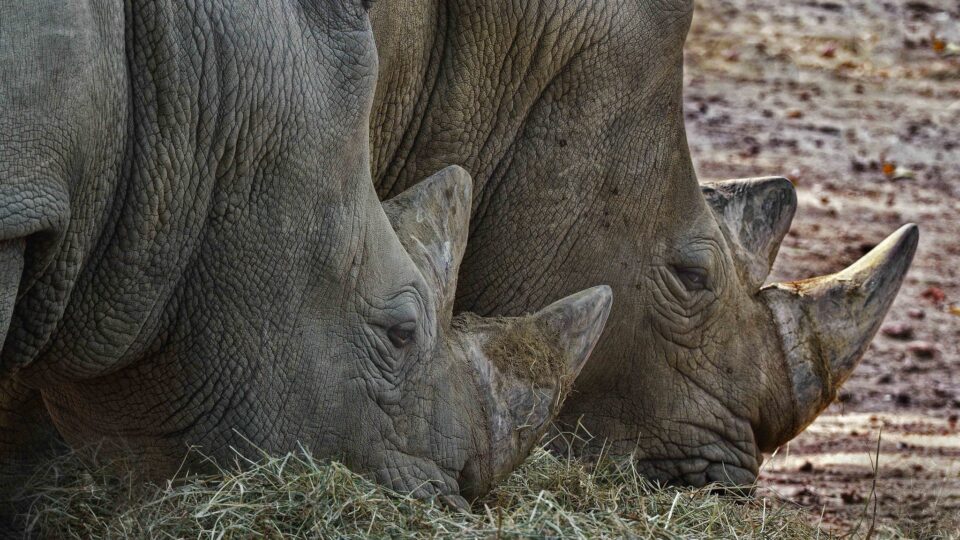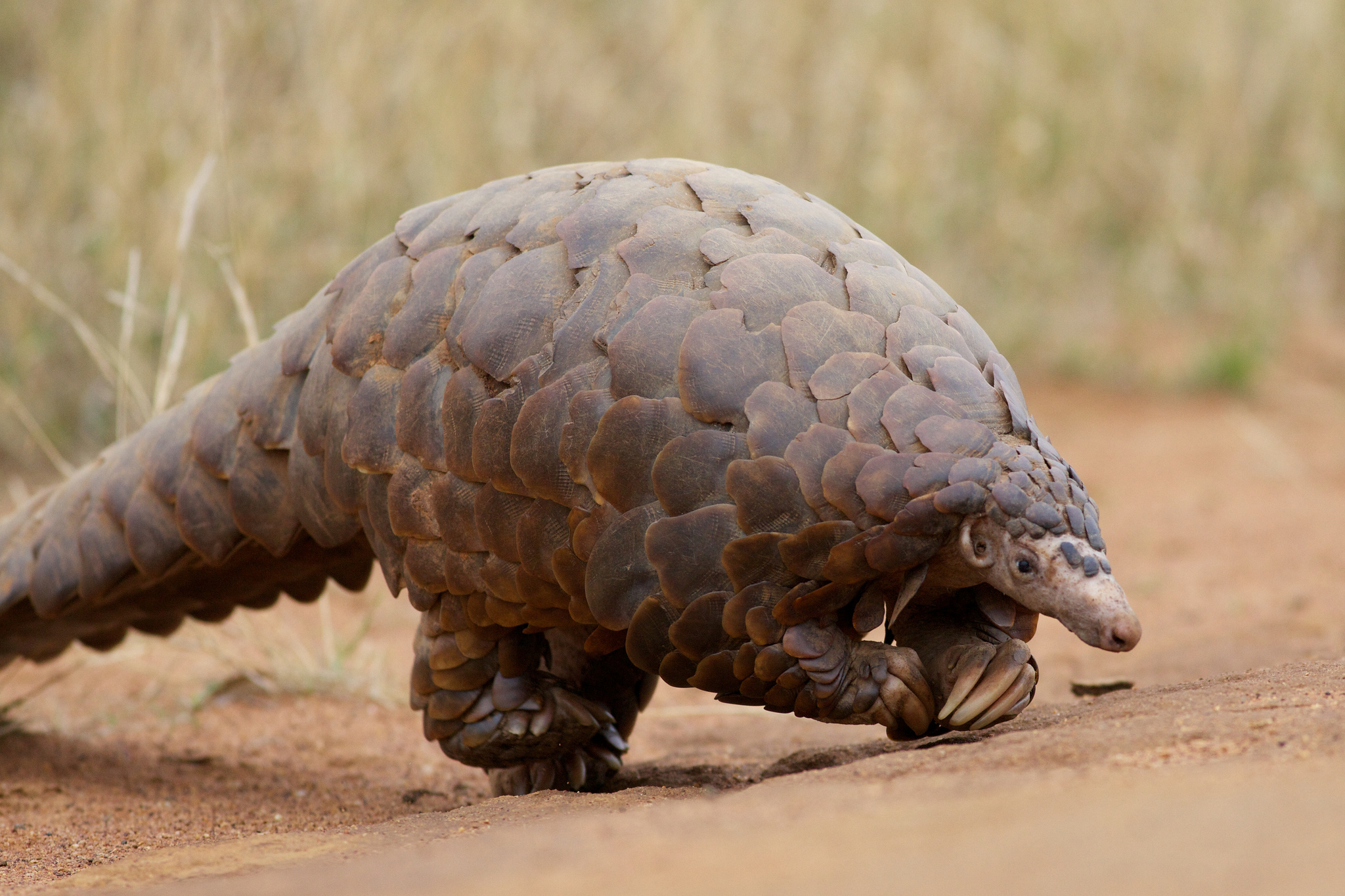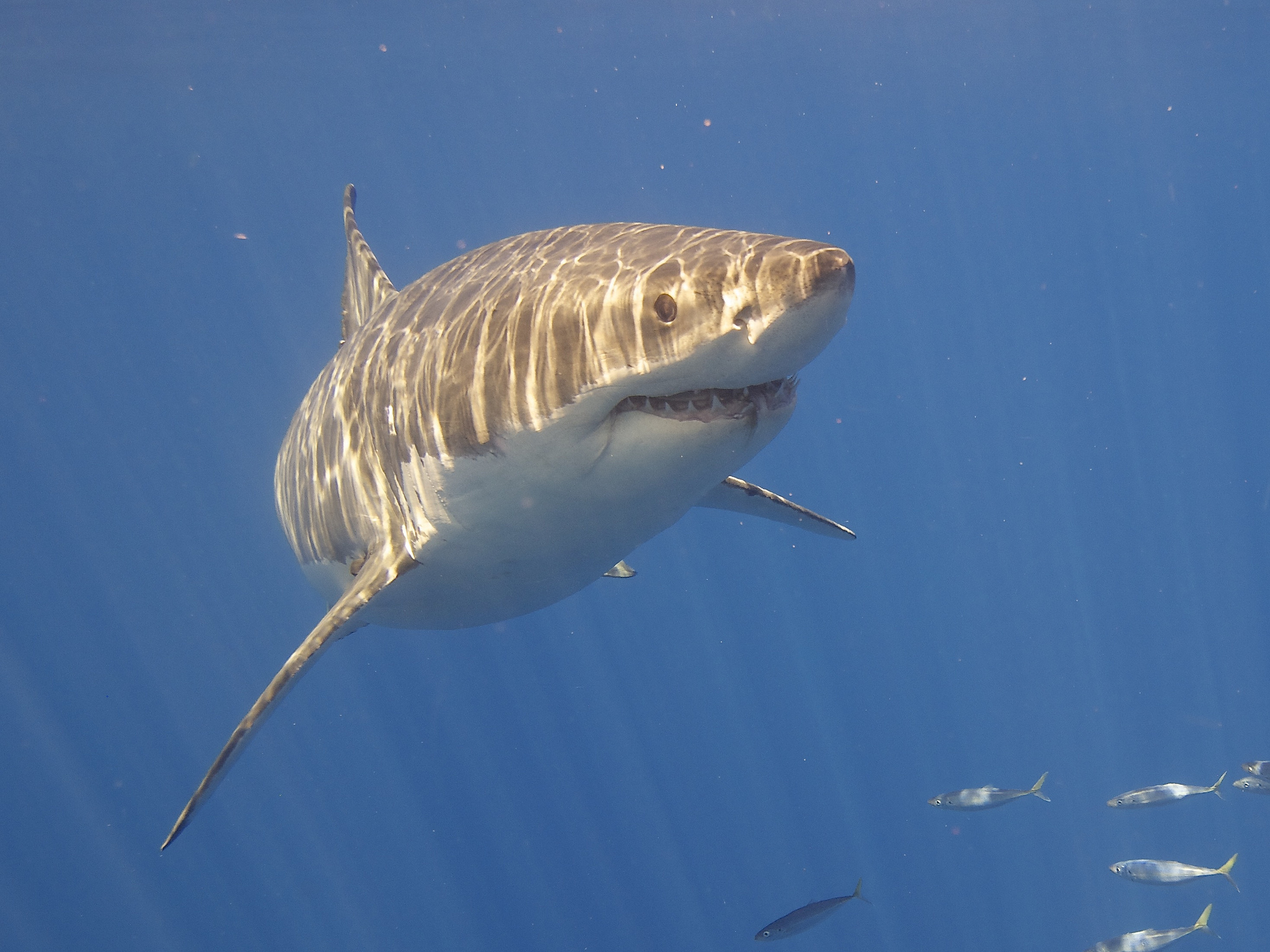There are people who oppose the installation of wind turbines for a variety of reasons. It is true that wind turbines can be dangerous to birds. Estimates are that about 250,000 birds are killed flying into wind turbines each year in the U.S.
However, this data needs to be looked at in comparison to bird deaths from flying into electrical lines (25 million), vehicles (214 million), and building glass (at least 600 million). And even these figures pale in comparison to the more than 2 billion birds killed by domestic cats each year.
Despite these facts, it would still be great if fewer birds died from flying into wind turbines. Researchers at Oregon State University are part of a team looking at reducing bird collision risks from wind turbines by painting a single blade of the turbine black.
Recent research in Norway found that painting a single turbine blade black reduced the number of bird collisions by nearly 72%. Why should this work? The hypothesis is that the black-painted blades disrupt the visual uniformity of the airspace around the turbines and makes them more noticeable to birds, which prompts avoidance behavior.
The Norwegian data is based on a relatively small sample size and the Oregon State researchers as well as others in Spain, Sweden, and South Africa are working on more rigorous and comprehensive studies.
The hope is that this rather simple strategy could make windfarms safer for birds. Unfortunately, this approach is not likely to be very effective with bats, which rely more on auditory cues rather than visual cues.
**********
Web Links
Scientists studying impact of painting wind turbine blade black to reduce bird collisions
Photo, posted May 21, 2024, courtesy of Roy Harryman via Flickr.
Earth Wise is a production of WAMC Northeast Public Radio











